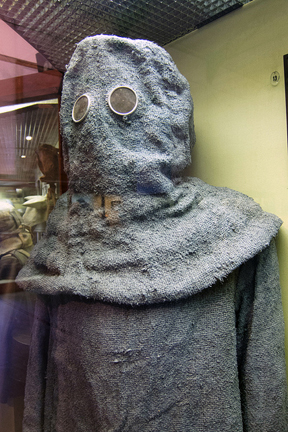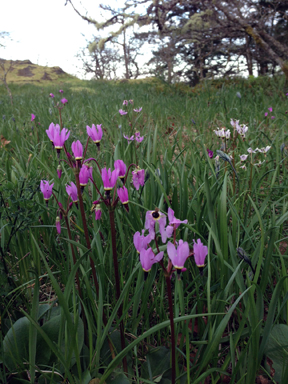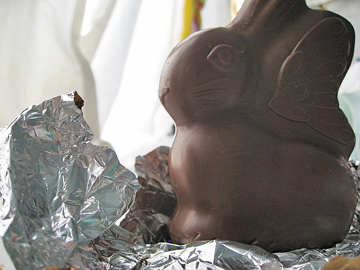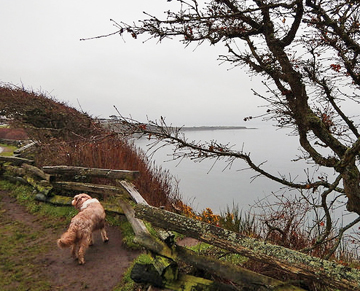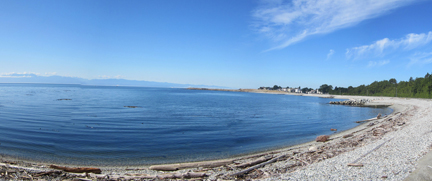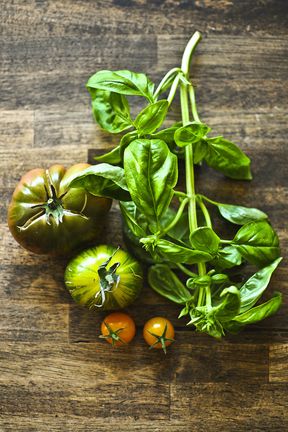The recent tragedy experienced by a Fort McMurray family has roots in century-old events.
This February, an eight-month-old baby and her two-year-old brother died after breathing in a pesticide fumigant. Four other family members required treatment, with one requiring intensive care in Edmonton.
The building where the family lives is infested with bedbugs. During a recent visit to Pakistan, the children’s mother had purchased pesticide tablets to kill the bugs.
The pesticide is phosphine. This insecticide is usually sold as tablets that combine phosphide powder with calcium or aluminum. When the powder encounters moisture or humidity, it releases phosphine gas. It’s one of the most toxic pesticides registered in Canada, where it can be purchased and used only by licensed operators.
When inhaled, the gas irritates the lungs and airway, harms the heart and circulation, and produces severe stomach pains. It also interferes with the central nervous system, much like sarin gas, an outlawed chemical weapon.
Its effects can be immediate and severe, depending on level of exposure.
Phosphine gas wasn’t known 100 years ago. Had it been, it may have been used in the war in Europe.
Known as the chemists’ war, the First World War industrialised production of many new chemicals….
Read the rest of this editorial at the Victoria Times Colonist: Fatal pesticide linked to chemical weapons…

